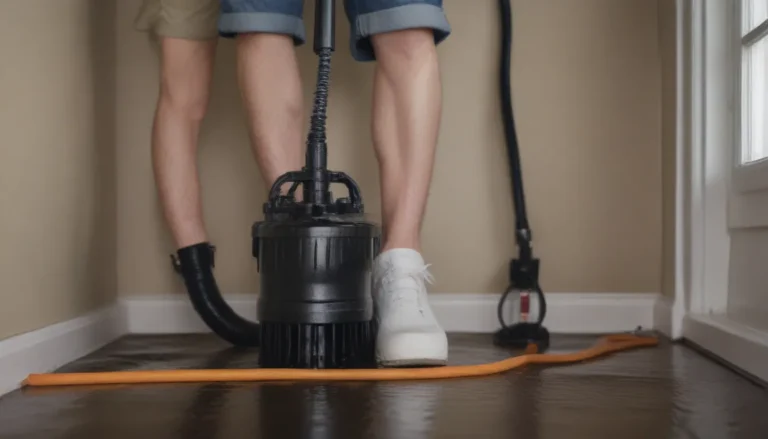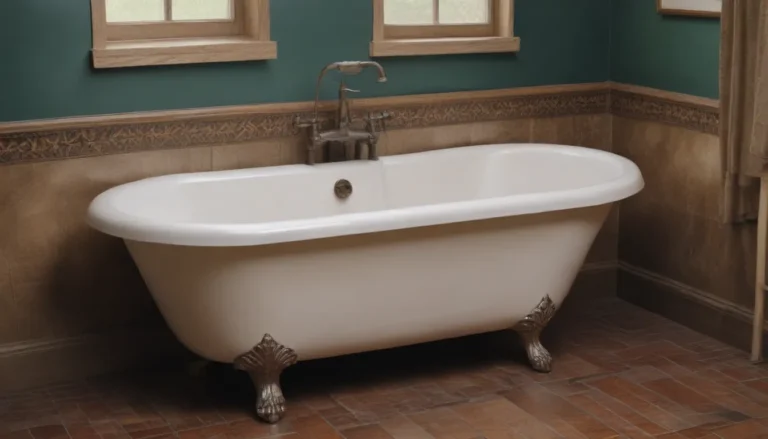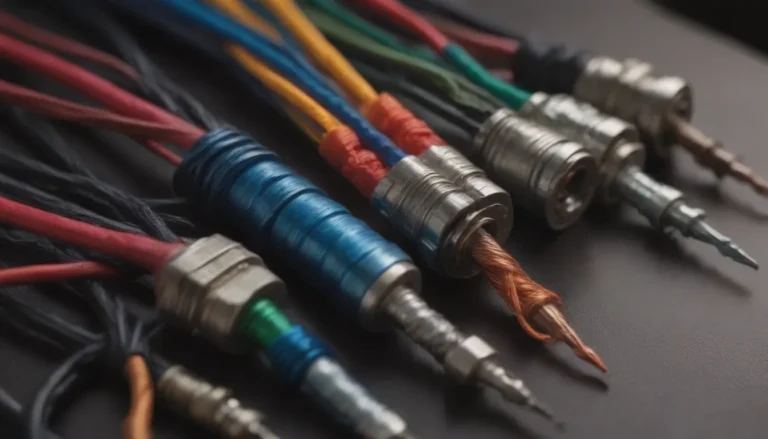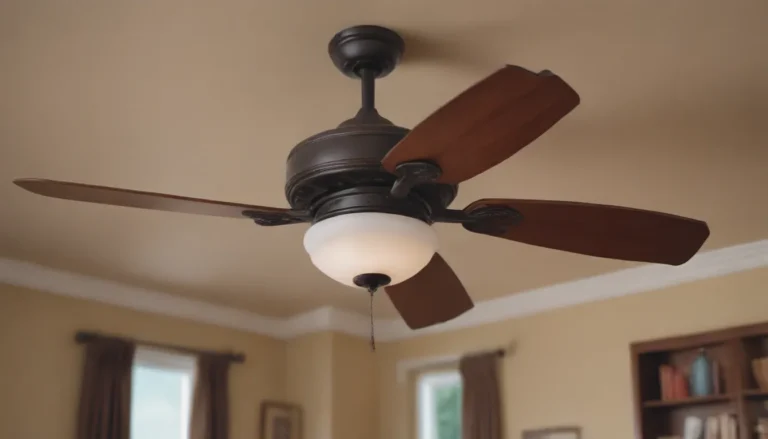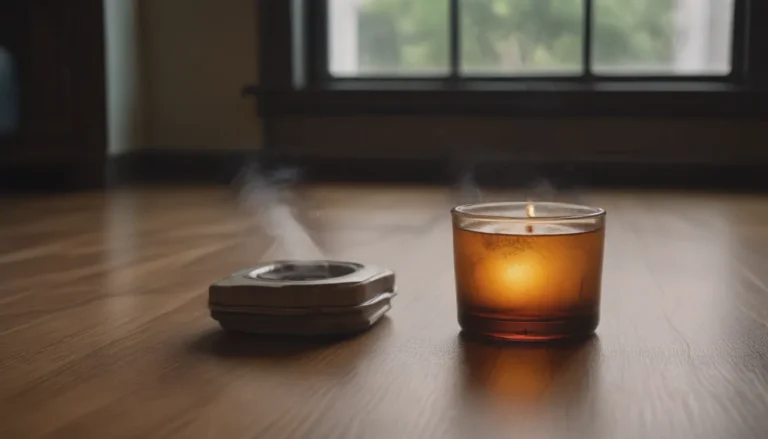Everything You Need to Know About Using a Flat Head Screwdriver
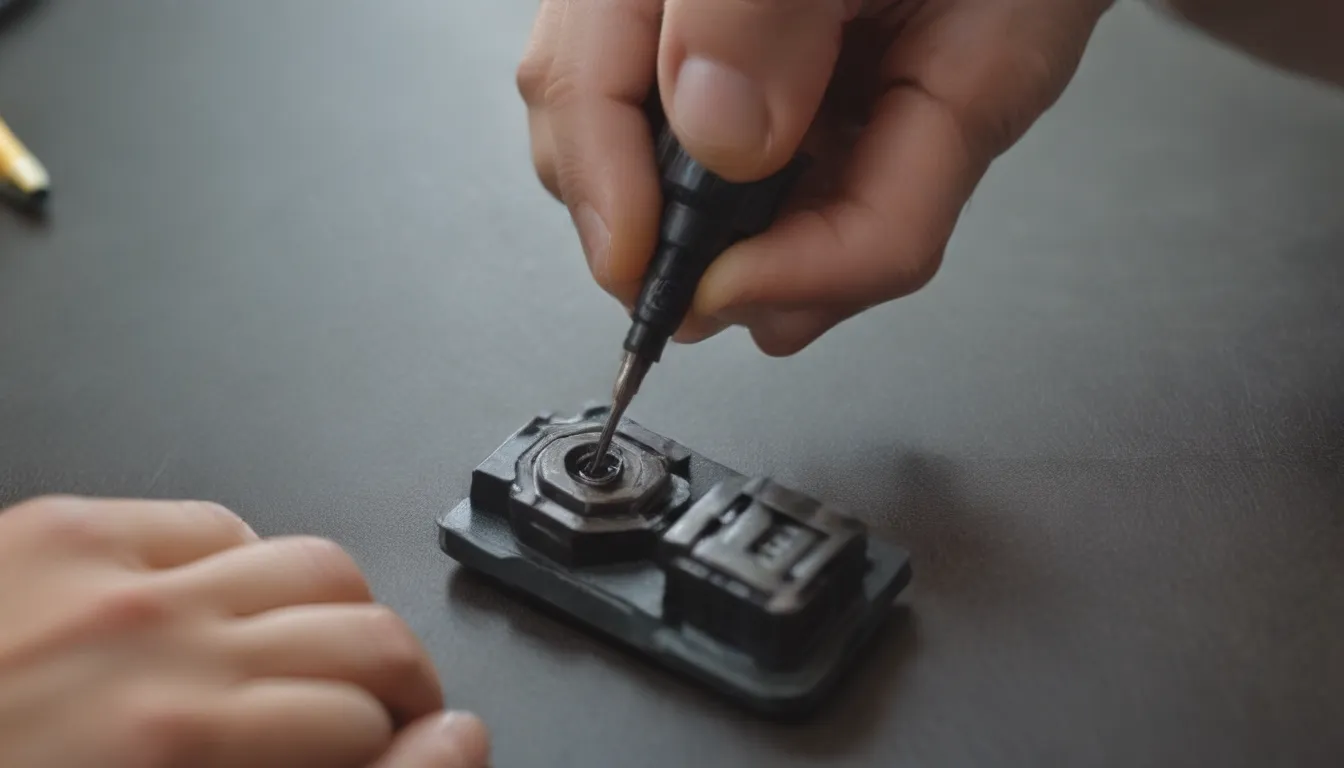
If you’re a DIY enthusiast, chances are you have used a variety of tools like ahammer,saw, andscrewdriver to complete various projects around the house. One tool that stands out among the rest is the flat head screwdriver. Also known as a slotted screwdriver, this tool has been a staple in toolkits for generations.
Flat head screwdrivers come in different sizes, shapes, and styles, but the basic design remains the same – a thick handle for a comfortable grip, a long, rigid shaft, and a wedge-shaped flat tip that fits into the narrow crevices of flat head fasteners. In this article, we will delve deep into how to use a flat head screwdriver effectively, along with some tips on maintenance and knowing when it’s time to replace your trusty tool.
How to Use a Flat Head Screwdriver
Choose the Right Screwdriver for the Task
Before you start your project, it’s crucial to select the appropriate flat head screwdriver for the job. Consider the following factors:
- Shaft Length: If you’re working in a tight space, opt for a screwdriver with a short shaft. For hard-to-reach areas, a screwdriver with a long shaft might be more suitable.
- Handle Material: Soft, padded handles are great for reducing hand strain during prolonged use. However, if you need more control and driving power, a screwdriver with a hard plastic grip might be a better option.
Ensure the Screwdriver Fits the Fastener
Before you begin driving or loosening a screw, make sure the size of the screwdriver tip matches the fastener’s slot. A mismatched size can lead to difficulties and may even cause damage to the fastener.
Slide the Flat Head Tip Into the Fastener Slot
Once you have the right screwdriver and have confirmed it fits the fastener, gently slide the flat head tip into the slot on the fastener. When tightening a fastener, use one hand to hold the tool and the other hand to secure the fastener in place to prevent slipping.
Turn Clockwise to Tighten the Fastener
To tighten a fastener, hold the fastener with one hand and the screwdriver with the other. Apply firm pressure and turn the screwdriver clockwise to drive the fastener into the material. Pro Tip: Pre-drilling a pilot hole makes this process easier.
Turn Counterclockwise to Loosen the Fastener
When loosening a fastener, turn the screwdriver counterclockwise while ensuring a secure fit in the fastener slot. Apply consistent force to prevent slipping and make the removal process smoother.
Keeping Your Flat Head Screwdriver Rust-Free
While flat head screwdrivers are typically made of stainless steel and resistant to rust, it’s essential to maintain them properly to ensure longevity. Here’s how you can keep your screwdrivers in top condition:
- After use, wipe down your tools with a clean, dry cloth to remove any dirt or grime.
- Ensure your screwdrivers are completely dry before storing them in a toolbox or workbench.
- Store your tools in a dry environment to prevent corrosion and damage.
When to Replace Your Flat Head Screwdriver
Despite their durability, flat head screwdrivers will eventually show signs of wear and tear. Here are some indicators that it’s time to replace your trusty tool:
- Thinning Tip: If the tip of the screwdriver has become noticeably thinner, it may not fit securely in fasteners.
- Bent or Warped Tip: A bent or warped tip can make it challenging to use the screwdriver effectively.
- Cracked or Chipped Handle: A cracked or chipped handle can compromise your grip and overall control of the tool.
- Rust Build-Up: Excessive rust on the shaft or tip can weaken the screwdriver and reduce its efficiency.
If you notice any of these signs or feel that your flat head screwdriver is not performing as well as it used to, consider investing in a new one to ensure the success of your future projects.
In conclusion, mastering the art of using a flat head screwdriver is essential for any DIY enthusiast. By selecting the right tool, ensuring a proper fit, and following the correct techniques, you can tackle various projects with confidence. Remember to maintain your screwdrivers regularly and replace them when necessary to always have a reliable tool by your side.
